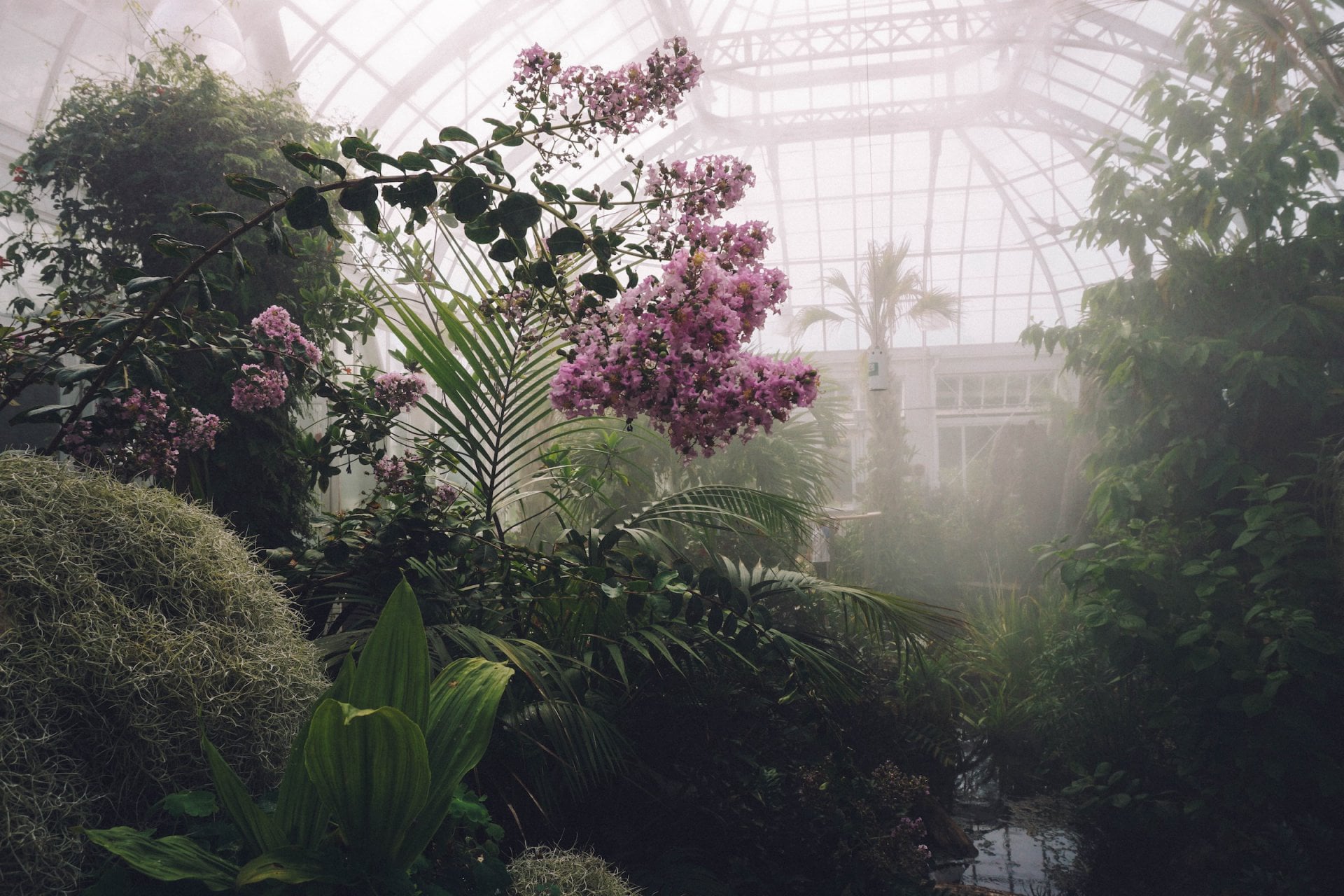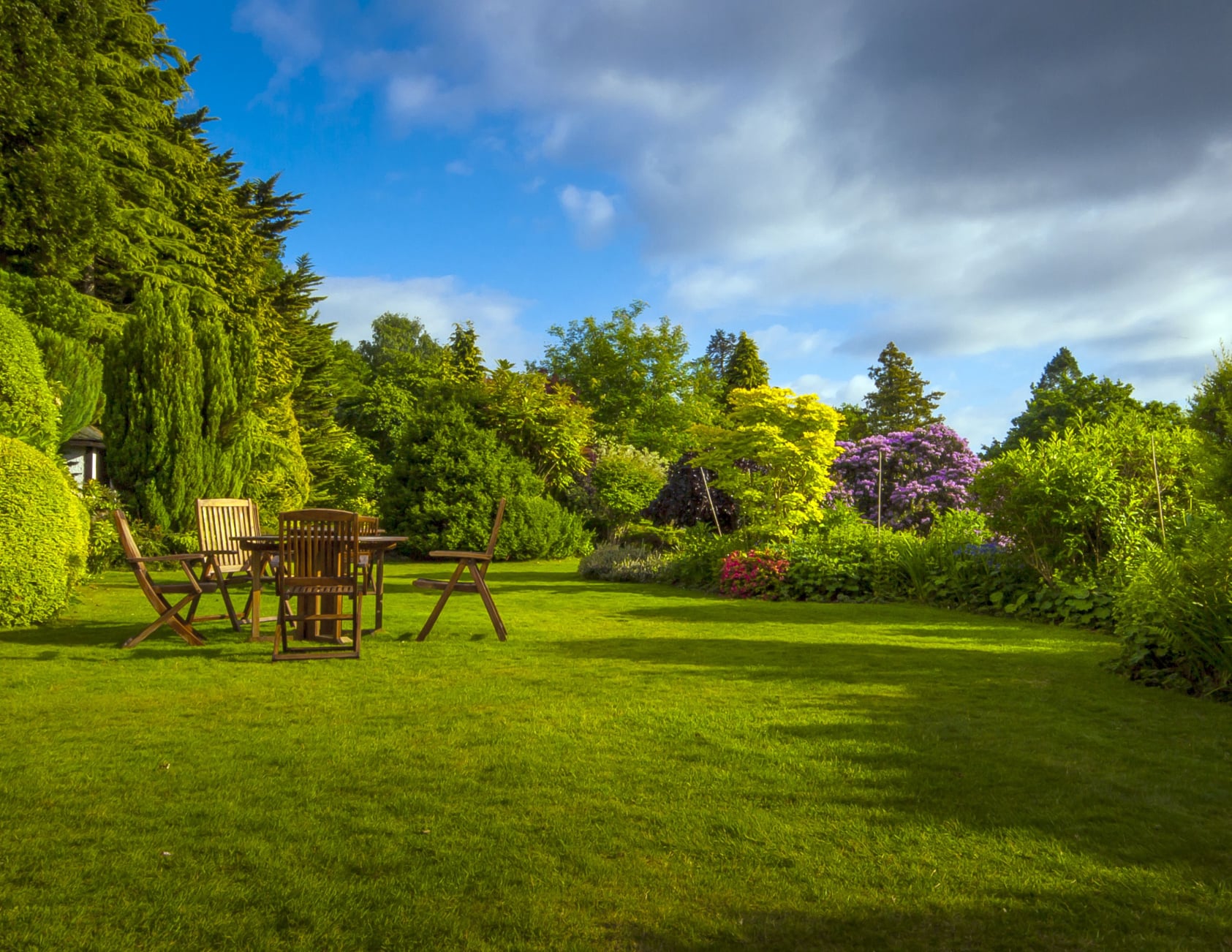


Hi there! I'm Emily Green, the passionate gardener behind GreenThumb Gardens. Growing up in a small rural town, I've always had a deep connection with nature. My love for gardening started when I was just a little girl, helping my grandmother tend to her vegetable patch. Over the years, this hobby has grown into a full-fledged passion, and now I'm thrilled to share my knowledge and experiences with you.
With over two decades of gardening experience, I've cultivated a deep understanding of plant care, soil health, and sustainable practices.
I believe in the power of community. Through GreenThumb Gardens, I aim to create a space where gardeners of all levels can come together, share knowledge, and grow together.
Gardening is not just a hobby for me; it's a way of life. I pour my heart into every seed I plant and every plant I nurture.
I'm committed to promoting eco-friendly gardening practices. From composting to water conservation, I strive to make every aspect of gardening as sustainable as possible.
My mission is to inspire and educate people to grow their own food, create beautiful gardens, and live a more sustainable life. I believe that gardening is not just about growing plants; it's about nurturing a connection with nature, promoting self-sufficiency, and fostering a healthier, greener world.
Composting is one of the most rewarding aspects of gardening. It not only reduces waste but also enriches your soil with essential nutrients. In this article, I'll guide you through the basics of composting, from setting up your compost bin to using the finished product in your garden.
Step 1: Choose Your Compost Bin
There are many types of compost bins available, from simple wooden structures to more complex tumblers. Choose one that fits your space and needs.
Step 2: Gather Your Materials
Composting requires a mix of green and brown materials. Green materials include fruit and vegetable scraps, coffee grounds, and grass clippings. Brown materials include dried leaves, straw, and shredded paper.
Step 3: Layer Your Materials
Start by adding a layer of brown materials, followed by a layer of green materials. Continue layering until your bin is full.
Step 4: Maintain Your Compost
Keep your compost moist but not soggy. Turn it regularly to ensure proper aeration and speed up the decomposition process.
Step 5: Use Your Compost
Once your compost is ready, it will be a rich, dark material that smells like earth. Use it to enrich your garden soil, and watch your plants thrive!